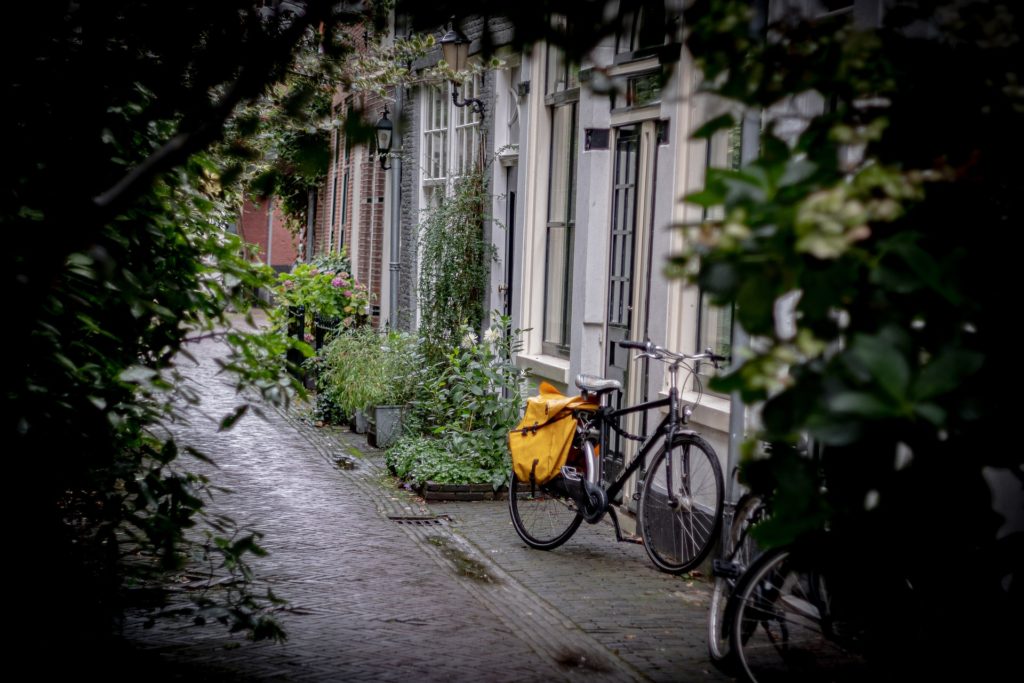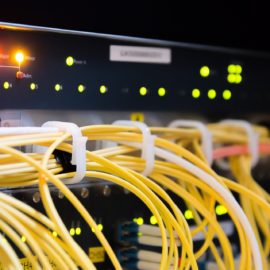
Recently President Biden visited Lake Charles and New Orleans pushing his jobs and infrastructure plans. This is not a specifically “environmental” post but one that shows what rebuilding should do and has ideas we can embrace in the discussion of what happens in New Orleans.
President Joe Biden’s visit to Lake Charles and New Orleans highlighted his $2.3 trillion proposal that includes provisions to fix roads, bridges, and ports; modernize public transit; and improve climate resilience. In Louisiana these traditional infrastructure investments are sorely needed. However, as a community-centered planner, I want us to also have a long-overdue conversation about how we invest in people-first infrastructure that addresses our growing vulnerability to climate change. The American Jobs Plan expands the concept of “infrastructure” to include the intersection of the built environment and people. Infrastructure doesn’t begin and end with concrete. It’s lead pipes that sicken children in poor communities; it’s the ability to walk to and from work safely; it’s the neighborhood decline that follows the construction of highways in the middle of communities. This bill offers opportunities to invest in a built environment that will support our people and our future. It is a chance to spur investment in our communities that will make them more equitable and climate-resilient — while also fixing the bridges and pumps.
Advocate.com
As we make plans for rebuilding we should remember to go the environmental way. Plant trees that provide shade, sequester carbon and retain moisture. Use climate resilient materials to cut down on repairs and upgrades.
“Building better” also means reckoning with climate adaptation and out-migration in our most vulnerable parishes, where people being forced to move means fewer tax dollars to keep critical infrastructure like schools and healthcare clinics afloat. As we invest in infrastructure, we need to get serious about addressing climate change impacts, prioritizing mitigation and adaptation, and supporting decisions at the local level, where people are struggling to raise families and maintain their livelihoods amidst growing risks and liabilities. To understand what’s at stake for our communities, we can look to the history of using infrastructure dollars to build more roads and increase sprawl — while established neighborhoods languish with poor roads, worse public transit, and economic disinvestment. This approach prioritizes atomized travel over community building; separates people from the places and services that keep them engaged and healthy; creates an unsustainable spiral of induced demand; increases flood risk; and increases greenhouse gas emissions. It’s a bad economic and environmental calculation, and it tells real people that their local needs are not priorities. ust as we’re all impacted by infrastructure failures, we can all share in the benefits of a strong, climate-resilient, people-first approach to infrastructure investment. Louisiana is reaching a tipping point of socioeconomic and climate vulnerability. We have to be clear-eyed about where our priorities lie. The vision is to invest in infrastructure that meets the current and future needs of our communities and our climate, while improving quality of life for every resident of our state.
The choice is ours and we must make sure that this city rebuilds in the right way for the right reason and helping the right people. We need to provide input when plans are published.



